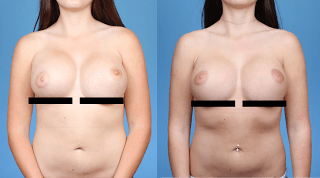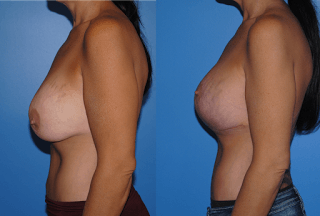Having great interest in Breast Reconstruction, Aesthetic Breast, and Revision Breast surgery has afforded me ample opportunity to study the manipulation of the infra-mammary fold and its relation to the perception of breast symmetry. Two determinants of breast symmetry in photographs or when the patient looks in the mirror is the position of the nipple areola complex (NAC) and the…









